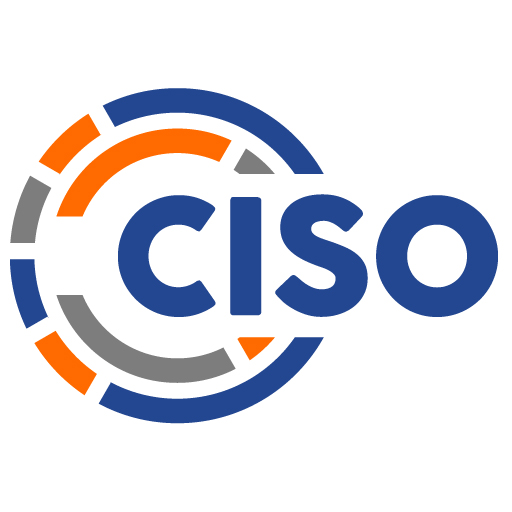This is the second in our series sharing thought pieces from the CISO Desk Reference Guide: A Practical Guide for CISOs, Volume 1. In the last excerpt, Matt Stamper talked about the empowered CISO. In the following excerpt from Bill Bonney’s essay for Chapter 2, we expand the space and talk about the empowered employee. Please enjoy.
Talent and the Human Element
An excerpt of Bill Bonney’s essay for
Chapter 2 – Talent and Developing the Team
“CISOs must know they are always recruiting.”
Let’s first put the topics for this chapter in the larger context of talent management. Talent management as a discipline traditionally includes four pillars: recruitment, learning, performance, and compensation. This chapter is focused on recruitment and learning which are done for an outcome (performance) at a price (compensation). Keep in mind that the purpose of talent management is to create a high-performing, sustainable organization that meets its strategic and operational goals and objectives. The goal we have for talent development is to:
- allow the Information Security team to develop the skills and capabilities to continually adapt to changing business and threat environments, to thereby
- help the larger organization identify and manage the risks that threaten its information and operations technology, in order to
- safeguard the organization’s data (both generated and entrusted), and
- protect the people and operations from cyber and cyber-kinetic harm, thus
- enabling the organization to compete with less drag and friction.
I think to be successful with how we approach building and developing our team’s capabilities we need to consider the human element. Several different works that share some similarities with each other are helpful here. The first is a book called Drive: The Surprising Truth About What Motivates Us by Daniel H. Pink. The second is a study conducted by Tony Schwartz of The Energy Project (https://theenergyproject.com/) along with Christine Porath, an associate professor at Georgetown University’s McDonough School of Business . The third is an article in the MIT Sloan Management Review called “Six Principles of Effective Global Talent Management.”
(https://sloanreview.mit.edu/article/six-principles-of-effective-global-talent-management/)
What is common to these works is the assertion that the sense of purpose that each person has for their work is more indicative of their engagement and success than their skills. The argument is that affinity is a more important predictor than efficiency.
That is not to say that skills aren’t important. On the contrary, one has little chance of being successful without possessing the skills required for the job. But these works make the compelling case that the human element is equally important. Daniel Pink tells us that by providing our teams with opportunities for autonomy, mastery, and purpose, we are providing the key ingredients to motivate our people. Tony Schwartz and Christine Porath tell us that employees are vastly more satisfied and productive when four of their core needs are met:
- physical, through opportunities to regularly renew and recharge at work;
- emotional, by feeling valued and appreciated for their contributions;
- mental, when they can focus in an absorbed way on their most important tasks and define when and where they get their work done;
- and spiritual, by doing more of what they do best and enjoy most, and by feeling connected to a higher purpose at work.
Gunter Stahl, et al., found that large, successful companies adhere to six key principles rather than traditional management best practices focused on maximizing the four pillars listed above. Those key principles are:
- alignment with strategy,
- internal consistency,
- cultural embeddedness,
- management involvement,
- a balance of global and local needs, and
- employer branding through differentiation.
Therefore, I’d like to suggest that we think of the people we work with, who help us achieve our outcomes, as people, not just talent. We would like to hire the best people with the right skills and mindset, help them become even better at what they do, have them share a common set of goals, and have them engaged and happy to be part of our team for the long haul.
